Blurring Boundaries
The essence of the project was to record the site and explore it in the computer space. The site is situated next to the high street of Lincoln,UK. The real parameter I chose to begin exploring was the movement of the people in the site. Basically, I studied the people crossing the site and their interactions with light. In the site there was a permanent flow of people as it is located next to a busy street during all times. This narrow passage has stairs as it connects two levels of different height. Most people coming down hold shopping bags as they were coming from the high street where the most shops of the city are located. The people going up usually gave way to those coming down by standing in the end of the steps. The narrow of this passage creates a 'system' of queues.







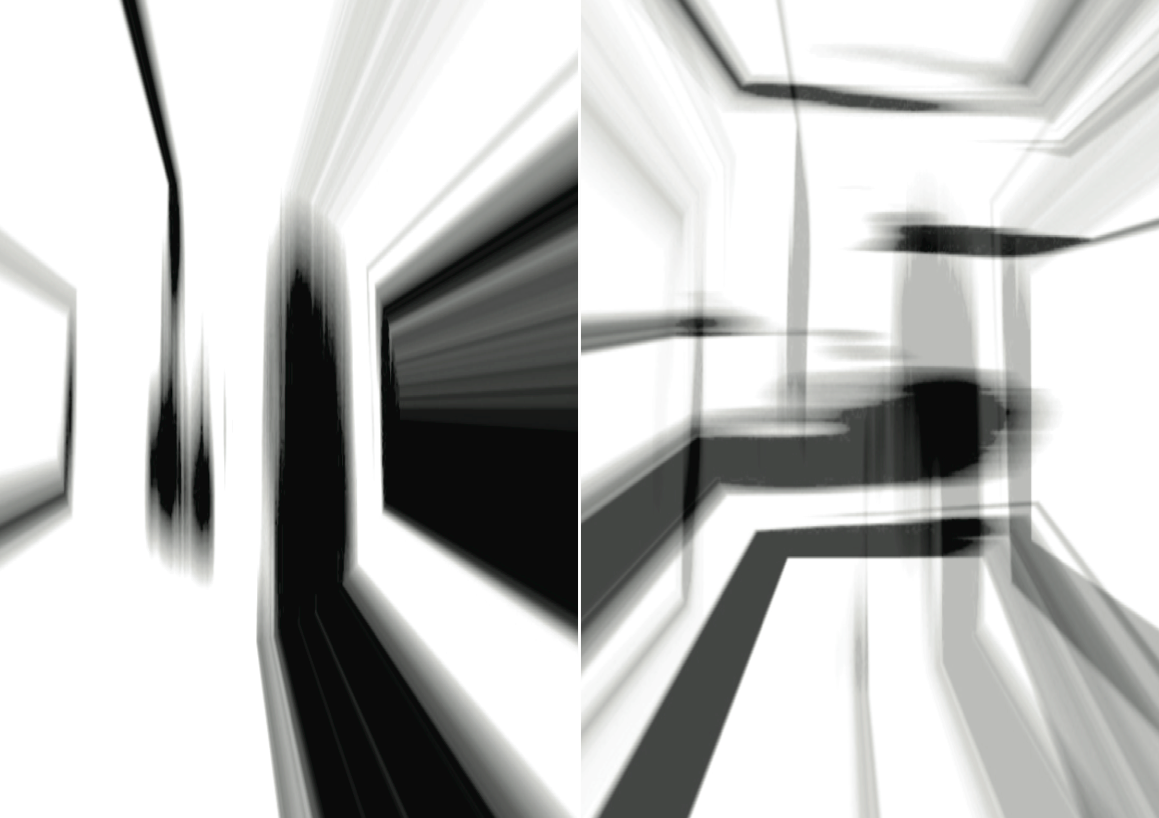
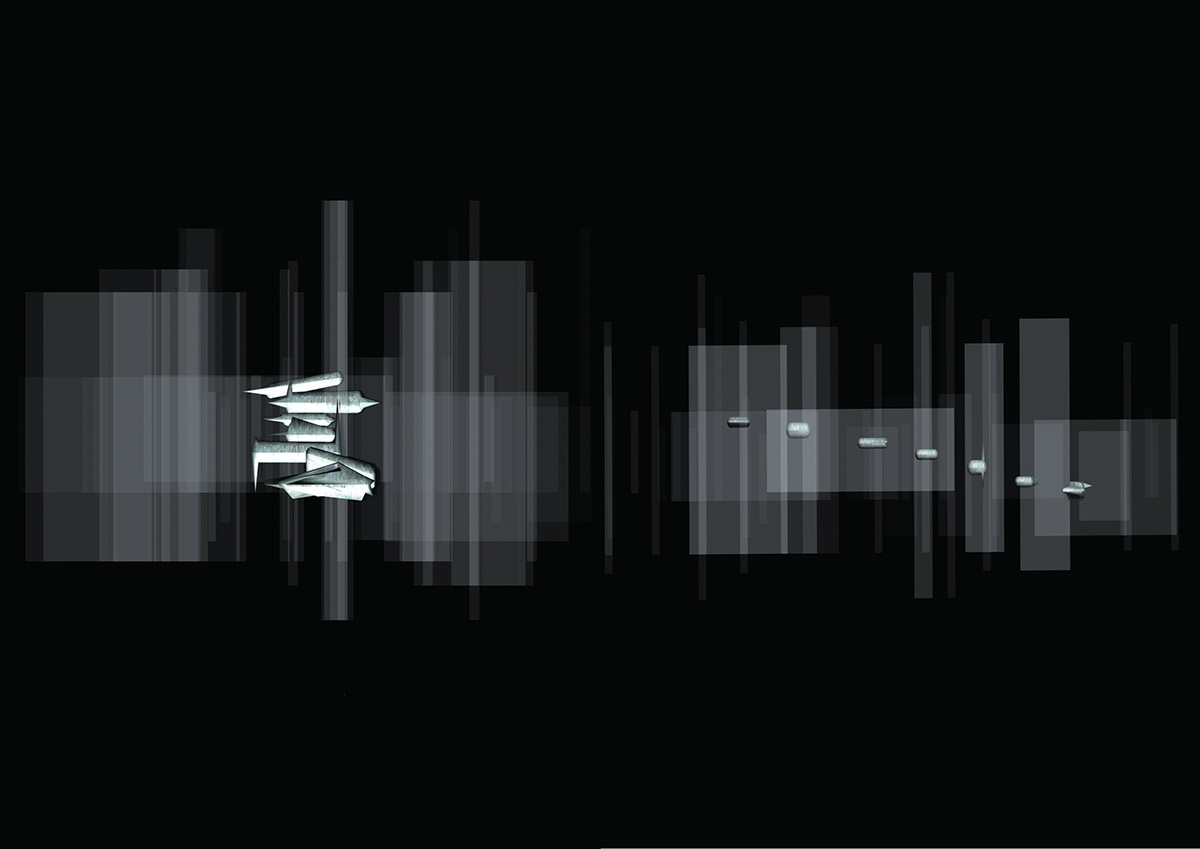

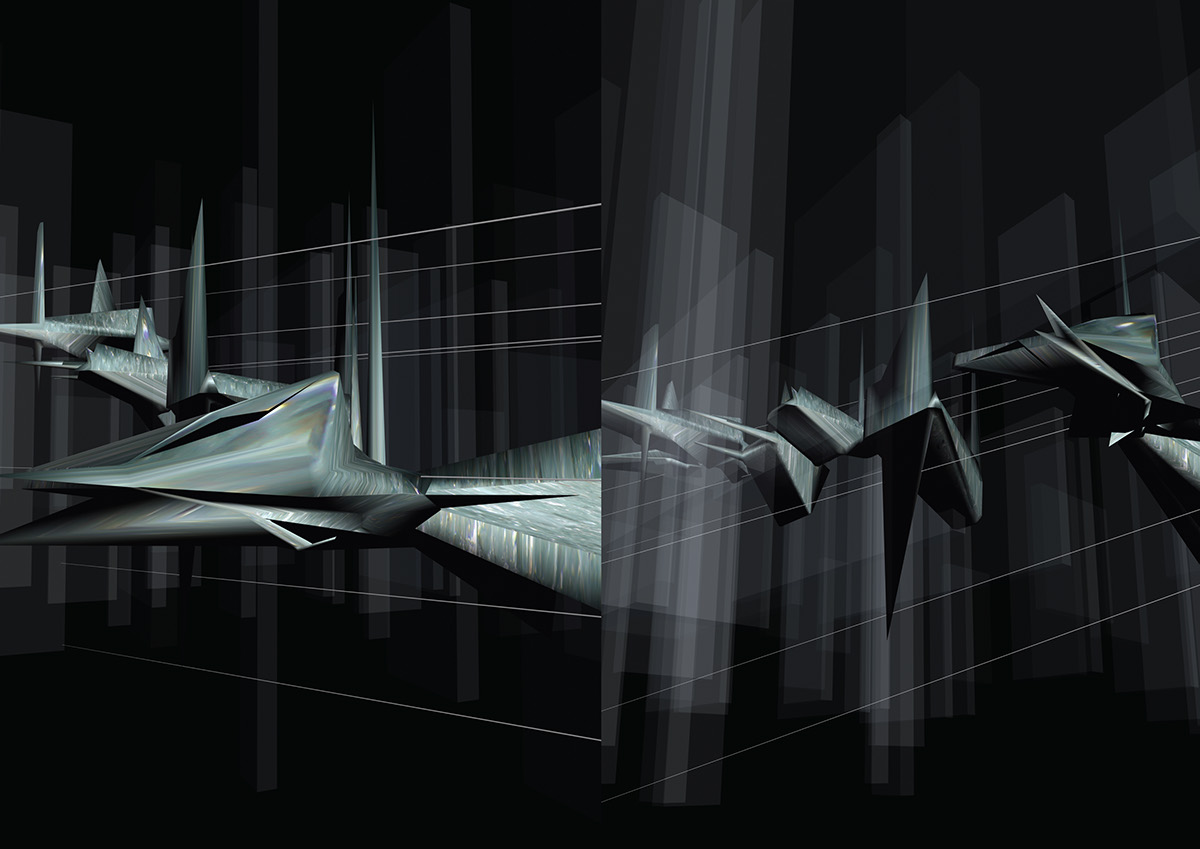









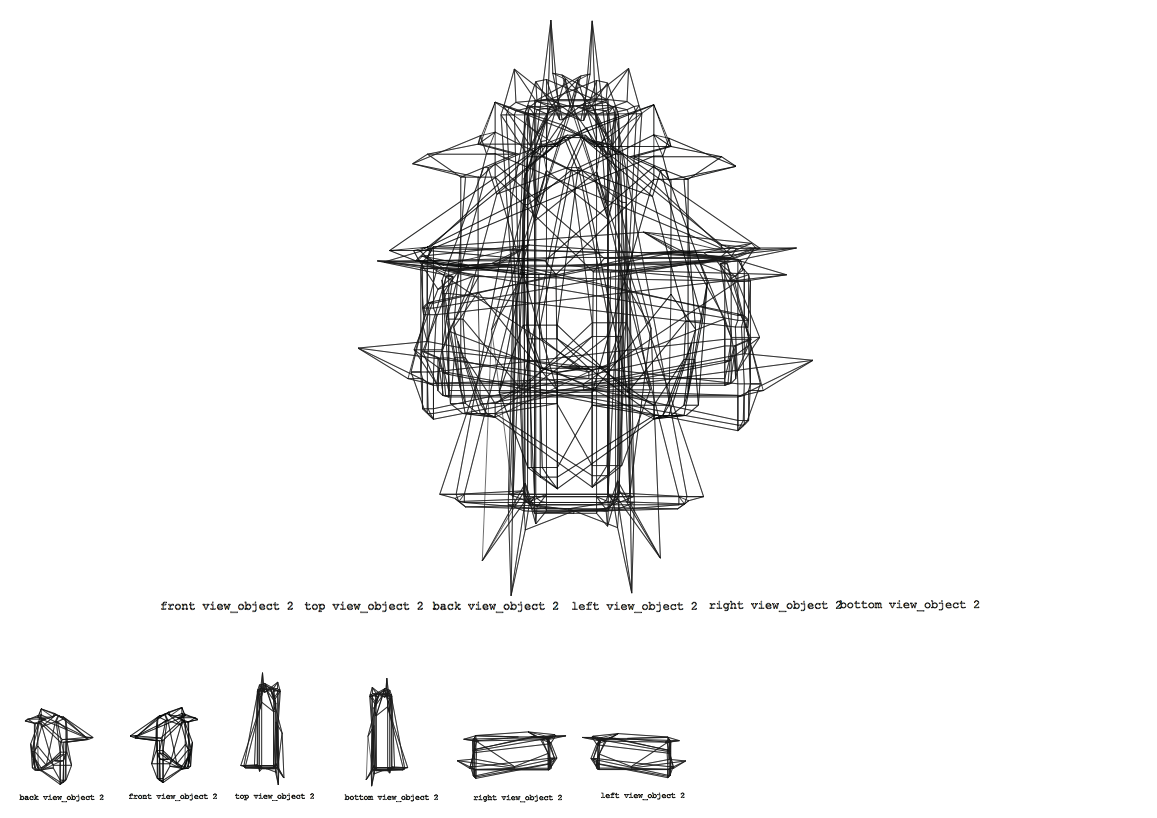





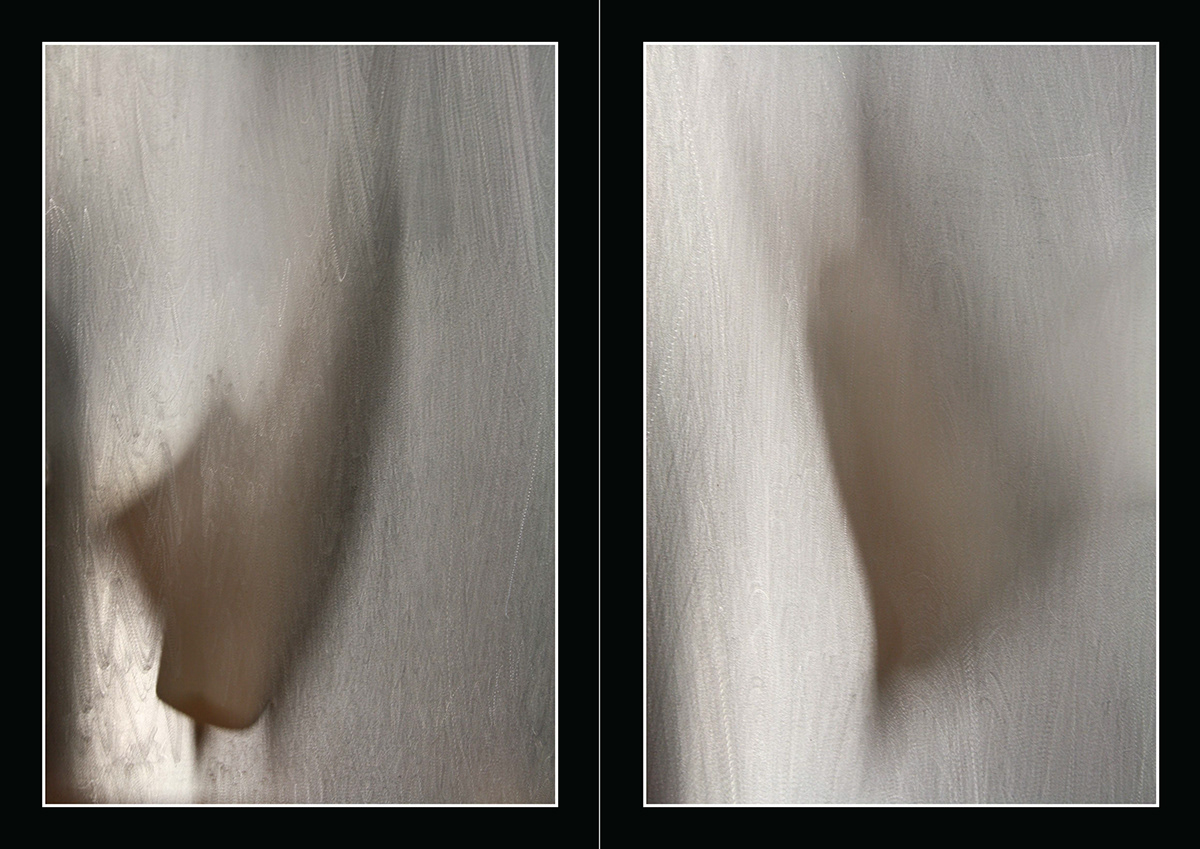

As illustrated above I focused ondefining an architectural proposition by formalizing the space created form therelation of the easily perceived –the space (walls, stairs) and the illusion-shapes created by light. Theimages and the model that were composed from the light and its interaction withthe other elements- although they are a physical ‘phenomenon’- are parts of anephemeral existence, which is situated somewhere between the real and thevirtual space.
Projecting sequences ofanimated patterns and objects onto surfaces of various optical qualities, suchas layers of transparent material, we instantly understood thethree-dimensionality, as each of the layers ‘creates’ a different image. Hence,the light interacted in a different way with each material as the surfaces canbe modified from transparent to opaque or from reflective to non-reflective.This ‘phenomenon’ resulted to different illusionary effects and the projectedobjects or images were ‘moving’ between sections of the visible and thenon-visible space.
During my investigationinto the real and the virtual space and several parameters that define one orboth of them, I explored the relationship between the movement of people, thelight, the digital image and space looking into the construction of space andthe illusion of all these elements which were part of it or stayed laterseparate from it. In the process of our research into the fusion of the cyberand the physical, our report focused on exploring visual uncertainties that arecaused from the differences between the real and the virtual.
This path for computer-generatedenvironments took me on a journey to more and more accurate simulations of realworld situations and parameters. The profit of computer environment was itsability to transform reality, as we know it. It did not have to recreate theactual world. Instead, it constructed imaginary visualizations, fantasy realmswhere the usual laws of reality are stretched, altered, or negated. Hence, ametaphor that makes sense of something by linking it to another, more familiaraspect, was achieved. This metaphor created an association between dissimilarthings, inflecting disjunctive forms to create a new, third architectural form.
Projecting sequences ofanimated patterns and objects onto surfaces of various optical qualities, suchas layers of transparent material, we instantly understood thethree-dimensionality, as each of the layers ‘creates’ a different image. Hence,the light interacted in a different way with each material as the surfaces canbe modified from transparent to opaque or from reflective to non-reflective.This ‘phenomenon’ resulted to different illusionary effects and the projectedobjects or images were ‘moving’ between sections of the visible and thenon-visible space.
During my investigationinto the real and the virtual space and several parameters that define one orboth of them, I explored the relationship between the movement of people, thelight, the digital image and space looking into the construction of space andthe illusion of all these elements which were part of it or stayed laterseparate from it. In the process of our research into the fusion of the cyberand the physical, our report focused on exploring visual uncertainties that arecaused from the differences between the real and the virtual.
This path for computer-generatedenvironments took me on a journey to more and more accurate simulations of realworld situations and parameters. The profit of computer environment was itsability to transform reality, as we know it. It did not have to recreate theactual world. Instead, it constructed imaginary visualizations, fantasy realmswhere the usual laws of reality are stretched, altered, or negated. Hence, ametaphor that makes sense of something by linking it to another, more familiaraspect, was achieved. This metaphor created an association between dissimilarthings, inflecting disjunctive forms to create a new, third architectural form.


